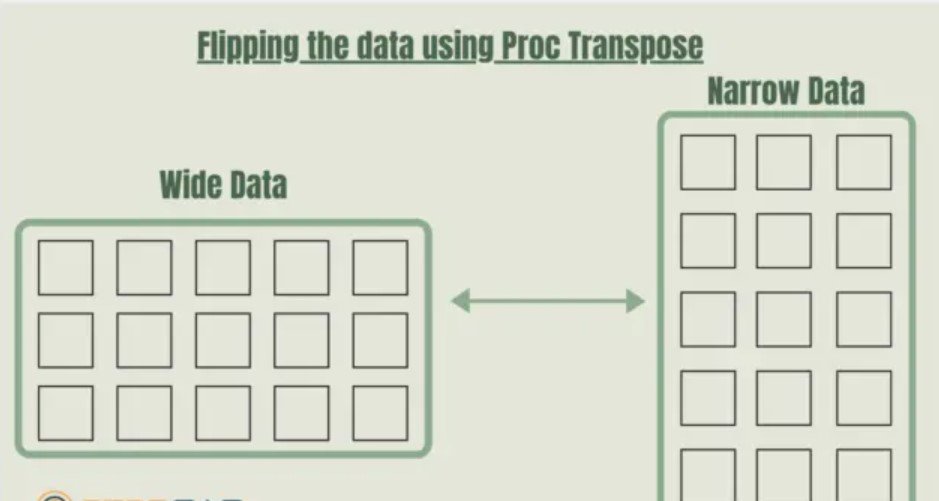Think of data like a carefully laid-out chessboard. Every piece has its place, and the arrangement dictates the next move. But what if you suddenly needed to flip the board—turning rows into columns and columns into rows? This is what the TRANSPOSE procedure achieves: a clever rearrangement that helps analysts see the same data from a completely new angle. It’s not about changing the pieces, but about shifting the perspective to unlock insights that might otherwise stay hidden.
Why Orientation Matters.
Data often comes in shapes that don’t fit the analysis at hand. You may have sales figures lined up horizontally when your model requires them to be lined up vertically. Transposing is like rotating a canvas—you’re still working with the same paint strokes, but the new alignment makes the picture clearer.
For students enrolled in a data analyst course in Pune, learning the importance of orientation is often an early milestone. It teaches them that analysis is not only about having data but also about structuring it in a way that supports discovery and decision-making.
The Mechanics of TRANSPOSE
At its core, the TRANSPOSE procedure takes every row and converts it into a column, and every column into a row. It’s similar to re-seating guests at a banquet, where the order of tables doesn’t change but the seating arrangement creates fresh conversations.
This function is widely available in tools such as Excel, R, Python, and SAS, making it a versatile tool for analysts across various industries. Beginners working through a data analyst course often practice transposing simple datasets to see how dramatically orientation can affect readability and downstream calculations.
Practical Use Cases
Consider a dataset of student exam scores where each row represents a subject and each column a student. If you need to calculate averages per student, working with subjects as rows won’t make sense. By transposing, you flip the orientation so students become rows, making calculations far simpler.
In business, it’s equally useful: financial reports, survey data, and performance dashboards often require reshaping before insights emerge. This repositioning enables decision-makers to see not just numbers, but narratives hidden within the structure.
Challenges and Considerations:
While powerful, transposing isn’t without pitfalls. Large datasets can lose clarity if transposed too often, and mismatched data types may create errors. Analysts must also be careful not to misinterpret results, as the orientation of data can subtly influence conclusions.
Learners in a data analyst course in Pune are taught to approach transposition with caution, treating it as a tool for clarity rather than a quick fix. By practising with varied datasets, they develop the judgment to know when flipping the data brings value and when it simply adds noise.
Conclusion:
The TRANSPOSE procedure is like rotating a kaleidoscope: the fragments remain the same, but the shift in perspective reveals new patterns. By mastering this technique, data analyst course gain flexibility in shaping their data, ensuring it aligns with the needs of each analysis.
Whether in classrooms or boardrooms, the ability to reorient information can mean the difference between confusion and clarity. Much like flipping a chessboard, the TRANSPOSE procedure teaches us that sometimes, the simplest move is the one that changes the entire game.
Business Name: ExcelR – Data Science, Data Analyst Course Training
Address: 1st Floor, East Court Phoenix Market City, F-02, Clover Park, Viman Nagar, Pune, Maharashtra 411014
Phone Number: 096997 53213
Email Id: enquiry@excelr.com
